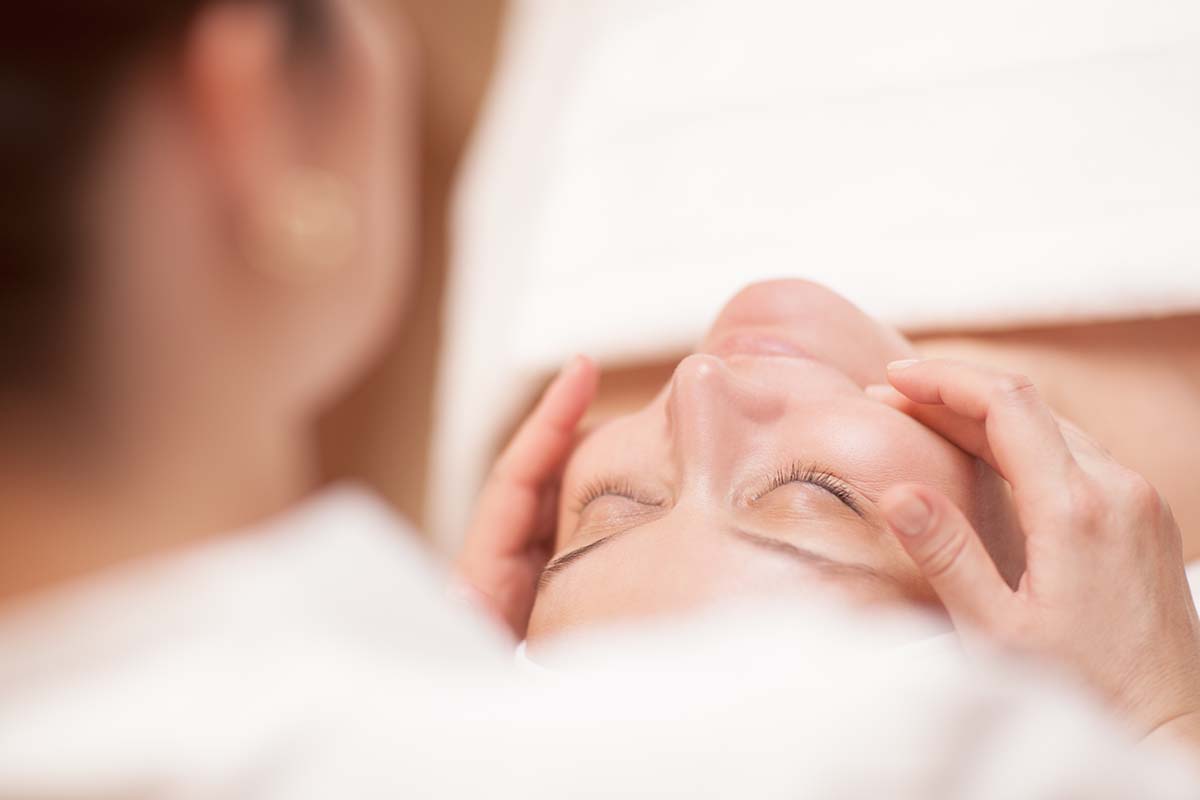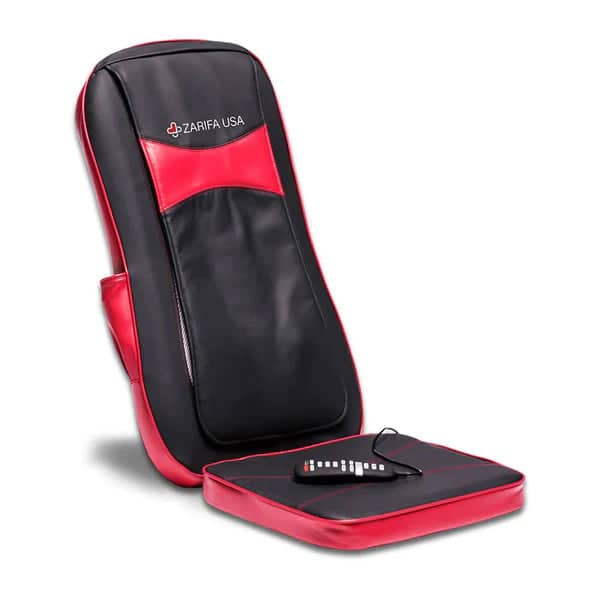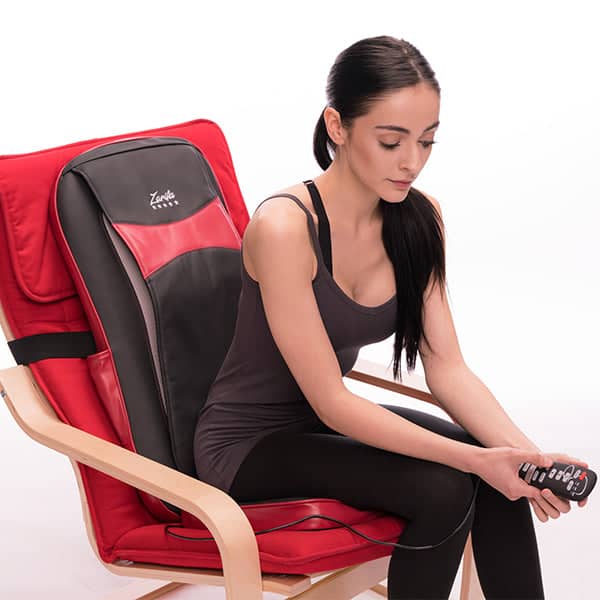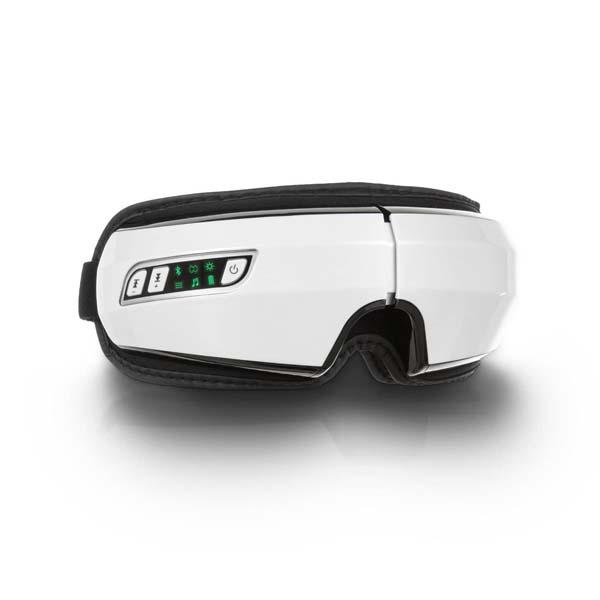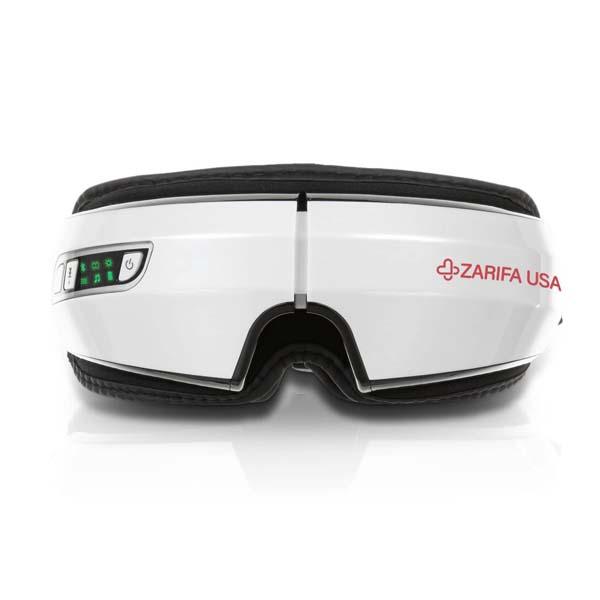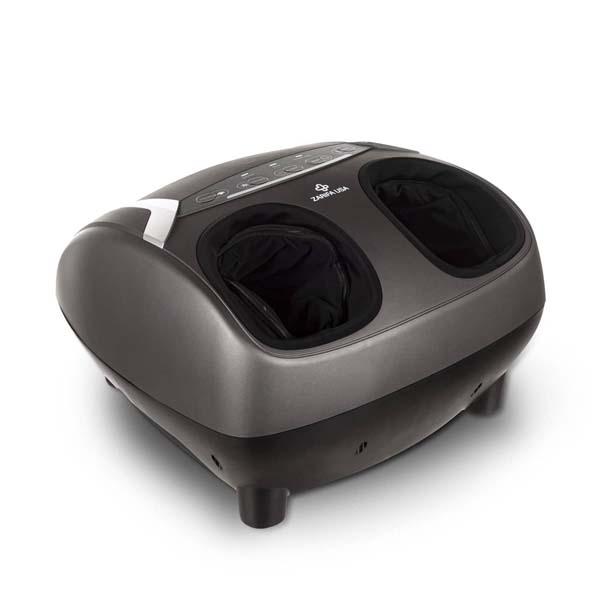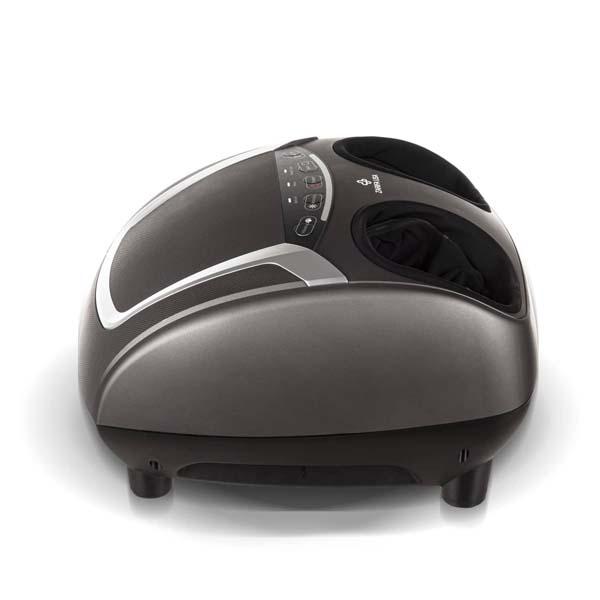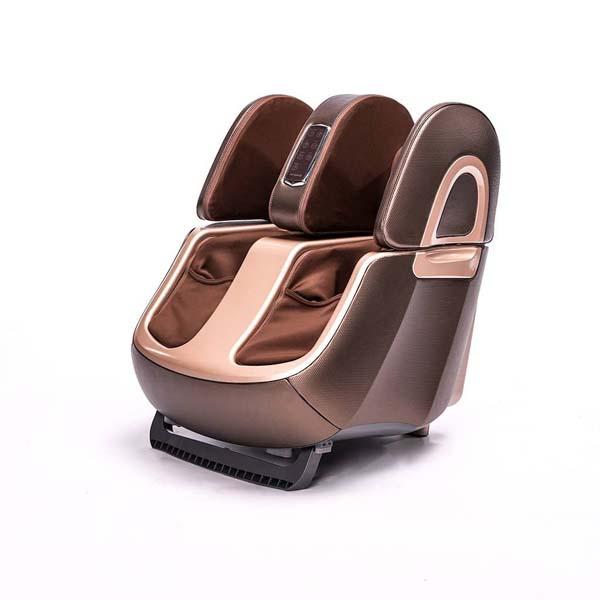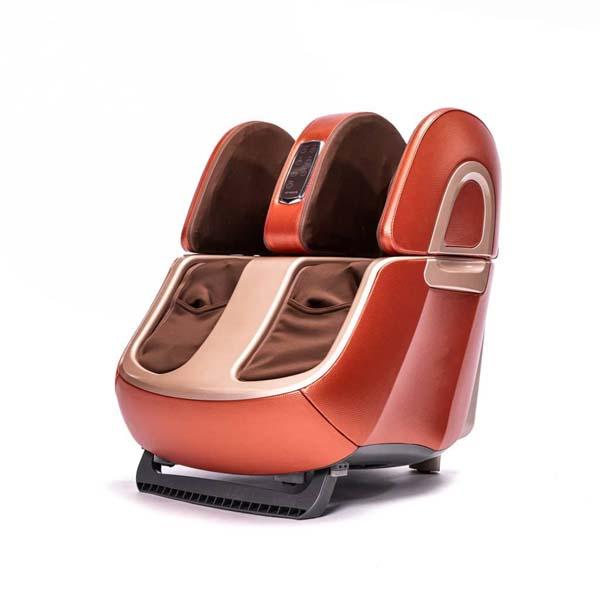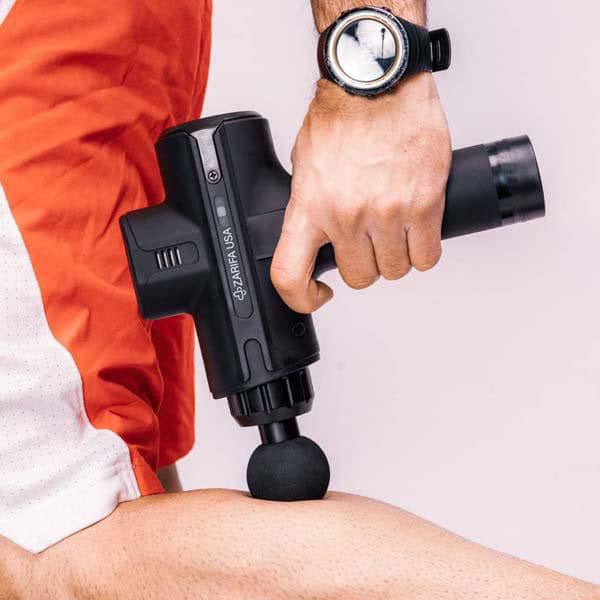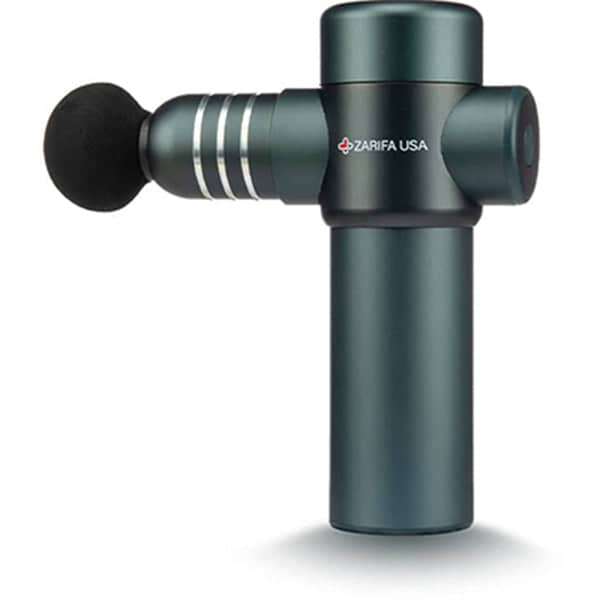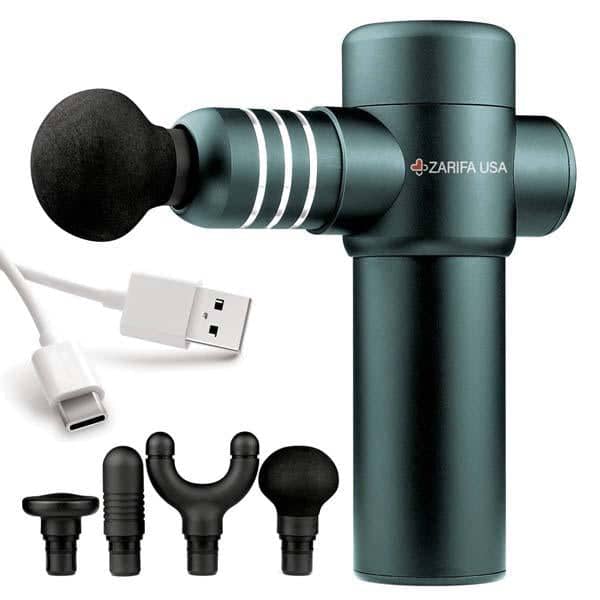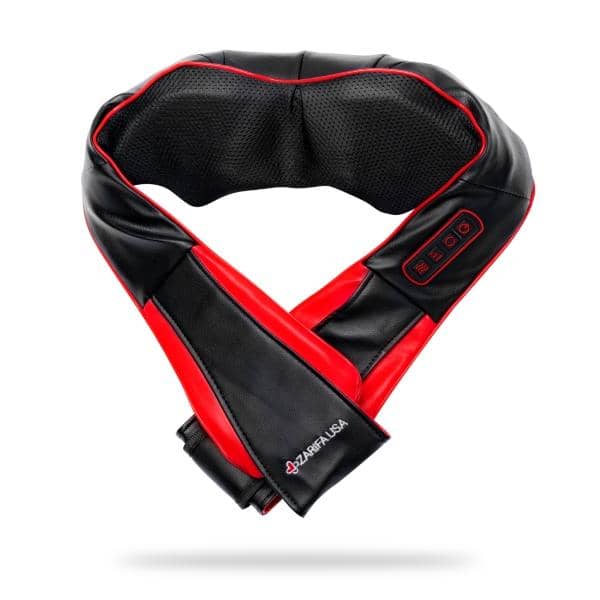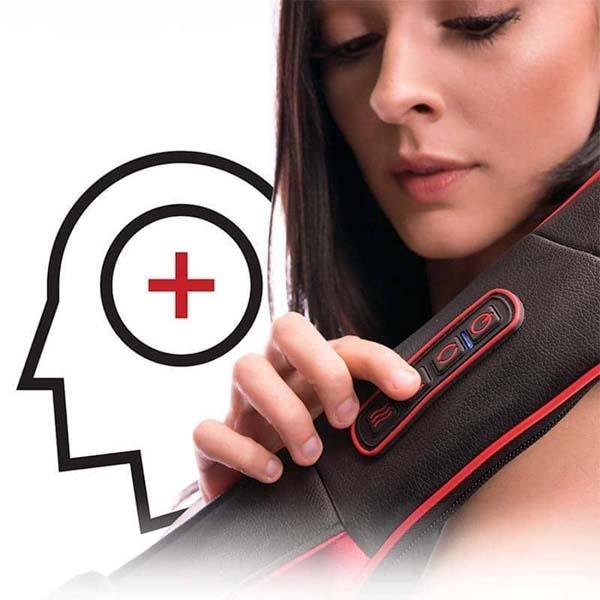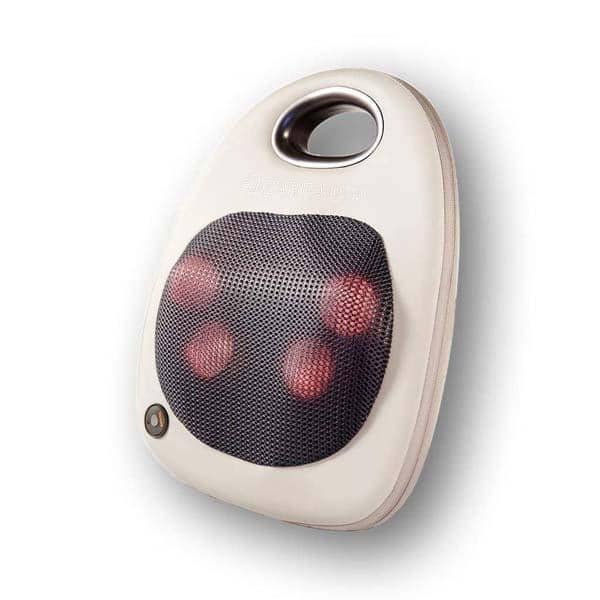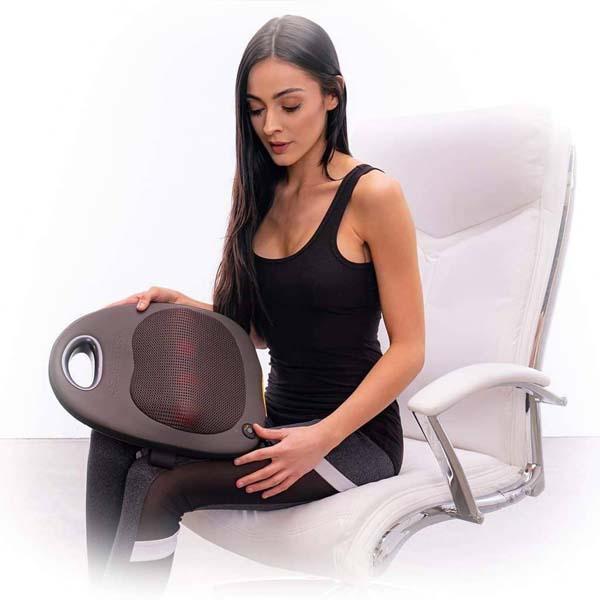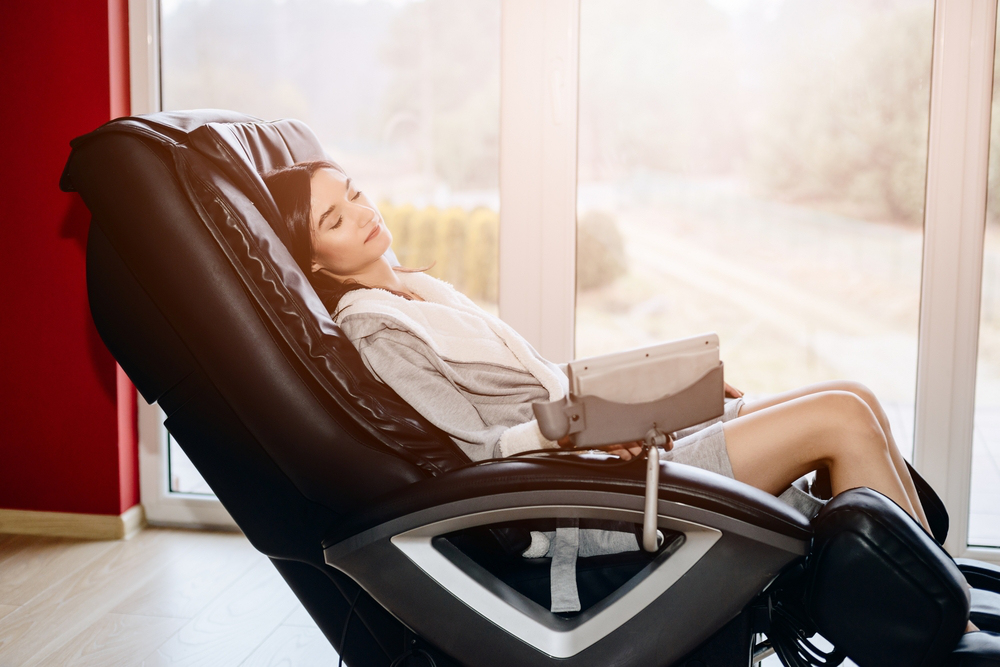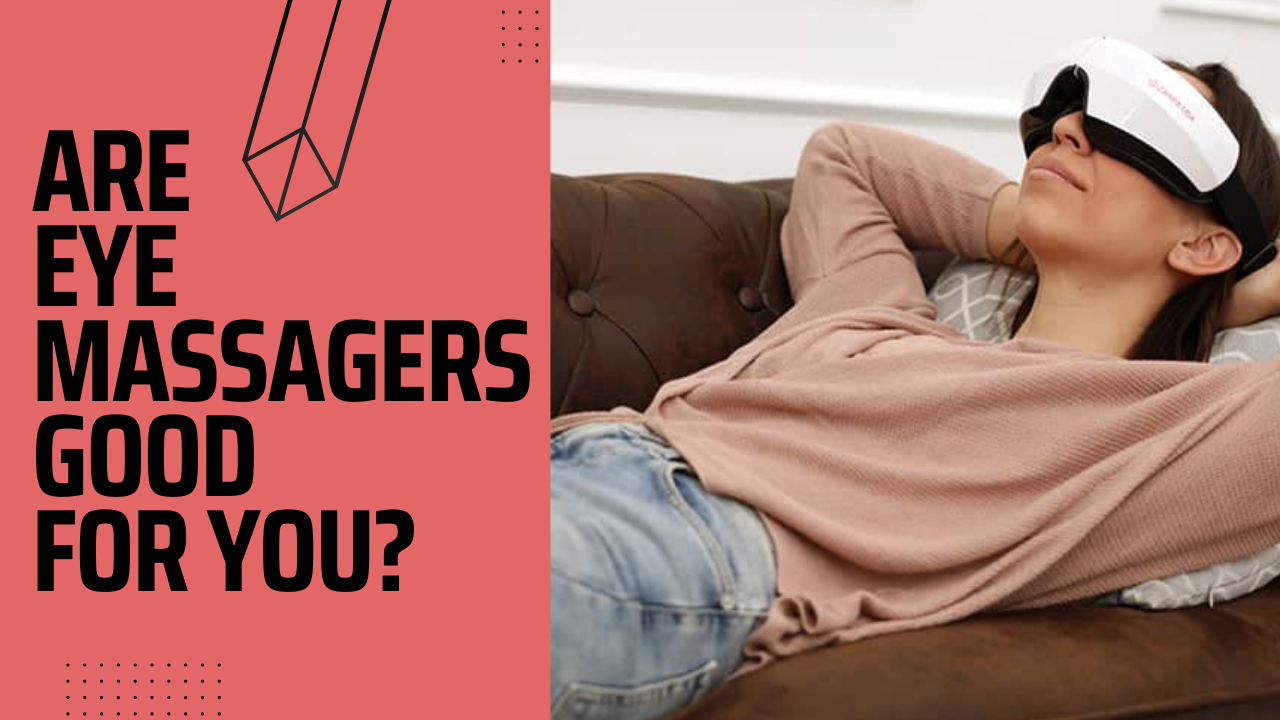Is massage considered self-care?
Self-care is all about taking care of your mind and body, so you can be strong and deal with what life throws at you. It’s also important for your long-term health. Massage therapy can be a great way to show yourself some love and look after your well-being. Here are some of the benefits massage therapy can offer:
- Promotes relaxation and helps reduce stress
- Increases circulation and improves your range of motion
- Helps relieve muscle tension, aches, and pains
- Enhances mental alertness and improves your mood
- Boosts energy levels and can help you sleep better
Adding massage therapy to your self-care routine can keep your body and mind healthy. There are plenty of technologically advanced massagers to help assist in optimum self-care. For example, investing in a foot massager, massage gun, or a fully functioning massage chair you sit in is a wonderful way to care for your physical and mental health. And, with all of the options out there, they are much more affordable these days too.

Is massage part of wellness?
Massage has been shown to decrease stress; therefore, massage will increase wellness and absolutely should be included in everyone’s health management plan.
Massage is an important part of any wellness routine. Research has shown that massage can reduce stress and promote relaxation, positively affecting physical and mental wellness. Massage can also improve circulation, reduce tension, relieve muscle pain, and enhance mental alertness.
Massage is a great way to show your body some love and take care of yourself. It can help you relax and unwind, and its benefits can last long after the massage is over. Regular massage can help you de-stress, manage anxiety, and boost your mood. It can also help you sleep better and increase your energy levels.
In addition to its physical benefits, massage can positively impact your emotional and mental well-being. Massage can help reduce stress, improve your outlook on life, and increase your self-esteem. It can also help you connect with yourself on a deeper level and gain a greater sense of personal well-being.
Massage is an important part of any wellness routine. It can help you relax, reduce stress, and cope with the demands of everyday life. It can also improve your physical, mental, and emotional well-being. So why not give it a try and see what it can do for your health and well-being?
What are the 7 areas of wellness?
Wellness is commonly viewed as having seven dimensions. First, we will list them, then go into more detail below:
- Mental
- Physical
- Social
- Financial
- Spiritual
- Environmental
- Vocational
Mental Wellness: Mental wellness is thinking clearly, managing emotions, and making responsible decisions. Additionally, it is achieved through lifestyle choices such as healthy eating habits, physical activity, and good sleep hygiene. It also involves developing coping skills, problem-solving, and stress management.
Physical Wellness: Physical wellness involves taking care of your body through regular physical activity, eating a balanced diet, and getting enough rest and sleep. It also involves taking steps to prevent illness and injury.
Social Wellness: Social wellness involves developing and maintaining healthy relationships with family, friends, and other people in your life. It can include participating in meaningful activities, making time for leisure, and practicing good communication and listening skills.
Financial Wellness: Financial wellness is the ability to manage your finances responsibly and make sound financial decisions. It involves understanding your income and expenses and learning how to budget and save for the future.
Spiritual Wellness: Spiritual wellness involves exploring what gives your life meaning and purpose. It can include developing a sense of peace, seeking out spiritual practices, and connecting with nature.
Environmental Wellness: Environmental wellness involves taking steps to protect the environment, such as reducing waste, conserving resources, and living in harmony with nature.
Vocational Wellness: Vocational wellness involves finding a career path that aligns with your values, interests, and skills. It involves setting goals and striving to reach your full potential. It also means taking steps to create a work-life balance.
These dimensions are interdependent and influence each other. When one dimension of our well-being is out of balance, the other dimensions are affected. Balance is always key in everything in life. Incorporating meditation into the mix is a wonderful way to find balance in all areas.

Spiritual wellness examples
Below are just a few ideas on spiritual wellness; obviously, there are many, many more to explore but let’s keep it simple and basic today:
- Developing a purpose
- Ability to spend reflective time alone
- Take time to reflect on the meaning of events in life each morning and then again before bed
- Gain a clear sense of right and wrong and act accordingly
- The ability to understand why you believe what you believe
- Meditation as a daily practice
Let’s take the topic of mediation. Specifically, self-care meditation. For some people, meditation might seem like an impossible feat but take heart, and you are not alone. The point of it is to keep trying. Especially if you are working on practicing self-compassion, there is no need to start putting quarters in the butt-kicking machine because you are not transposed into a constant state of nirvana the first couple of times you try it.
That being said, self-compassion meditation is a practice that can be done anywhere, anytime, and requires no props or prep work. For example, you can do it while waiting in line at the grocery store or sitting at your desk. The key is to make yourself comfortable, close your eyes (if possible), and focus on your breath. Once you have done that, you can repeat a phrase or mantra to yourself.
When we practice self-compassion, we extend caring, gentle, and supportive thoughts and words to our bodies and minds. We treat ourselves with forgiveness and acceptance. We recognize our moments of pain and imperfection are shared by all of humanity. We can build character in ourselves, our schools, our community, with our peers, and everywhere our life leads us.
Some examples of phrases you can use are:
- “Breath in peace, breath out worry”
- “Breath in faith, breath out fear”
- “Breath in love, breath out anger”
You can also use a simple “om” or “ahh” sound to help you focus. The point is to find a mantra that works for you and allows you to focus on the present moment.
When your mind begins to wander (and it will), simply bring your focus back to your breath and repeat your mantra again. The goal is not to clear your mind of all thoughts but rather to become more aware of the present moment and to find a sense of peace and calm.
A phrase that works well for me when my mind wanders is, “Minds wander; that’s what they do,” That also helps me practice self-compassion during meditation because the phrase gives me “permission.” Another one to help with that is “Permission to be human, permission to practice, permission to do B- work.” That “B- work” part is personal to me as I have struggled with perfectionism, and the B- reminds me that I do not have to have all “A’s” in everything I do.
Self-compassion meditation can be a helpful tool in managing stress, anxiety, and negative self-talk. It can also help increase feelings of self-worth, happiness, and overall satisfaction.
Now that we understand that massage, wellness and meditation go together, what would a specific space or room need to look like?
What should you have in a meditation room?
For those just starting with meditation, it is a good idea to have a dedicated room or space for the sole purpose of meditating. Why? Well, if you keep your meditation space in your basement or in the living room, you might find yourself going in there and doing other household tasks that can wait until after. Plus, you’ll need that special spot for the massage chair you’re about to buy!

Think of items such as:
- Bells
- Chimes
- Crystals
- Massage chair, foot massager, massage gun, etc.
- Affirmation stones
- Beads
- Candles
- Artwork
- Essential oils
- Peaceful music
Any of these are significant elements for creating a serene and peaceful environment to focus solely on meditating. Choose to decorate your meditation space with natural items like plants or rocks. These decorations will allow you to enter a calm mindset before starting your mediation practice. Keep some incense in there or any other items for your mediation practice, or have a small altar or shrine where you place pictures of loved ones, family members, or even your favorite religious symbols. Remember not to overcrowd the space.
It is also much easier to keep the room clean if all we do is meditate. Why should we dedicate our bedroom or living room to meditation when we can just dedicate one space for this specific purpose? Why decorate the room however we want and use it to keep some of our meditation tools in? Why not dedicate a whole room specifically to resting our minds and feeling at peace with ourselves? It doesn’t matter how big or small your dedicated space is. All that matters is that you love it and feel comfortable there.
Using your massage chair for self-care and meditation
Massage chairs are great for taking care of yourself! They can help you relax and de-stress, reduce pain and improve your sleep. Plus, massage chairs can also help you meditate. Here’s how:
- Get comfortable in the massage chair and close your eyes
- Focus on your breathing and take deep breaths
- Clear your mind and let go of any thoughts or worries
- Stay in the moment and enjoy the massage chair’s soothing movements
- When your mind starts to wander, bring it back to your breathing
Using a massage chair can be a great way to practice self-care and meditation. It’s an easy, convenient, and drug-free way to promote relaxation, reduce stress, and boost your overall health and well-being.
Benefits of Combining Meditation and Massage
Reduction in Anxiety
Research has clearly shown that massage can be an effective way to reduce stress and anxiety. The calming effects of massage can help improve your mood, reduce muscle tension, and promote relaxation. This can be especially beneficial for those with anxiety and other mental health issues.
A study by New York University found that regular meditation and massage can have a positive impact on anxiety. The study involved participants aged 18-45 meditating for 13 minutes a day for eight weeks. Results showed that participants experienced decreased anxiety, fatigue, behavioral anxiety, and mood disturbances.
When combined with meditation, massage can be an even more powerful tool for reducing anxiety. Massage helps to relax the body and mind, while meditation allows the mind to remain focused and reduce stress. This can be a powerful combination for reducing anxiety and improving overall well-being.
Massage can also help reduce the physical symptoms of anxiety, such as headaches, muscle tension, and tightness in the chest. It can also help improve sleep quality, which can benefit those struggling with anxiety.
Massage is a natural, drug-free way to reduce stress and anxiety. By incorporating massage into your self-care routine, you can enjoy a calmer and more relaxed state of mind.
Improved Immunity
Regular massages can help improve your immune system and help keep your body healthy and strong. For example, research from Cedars-Sinai Medical Center found that those who received a 45-minute massage had increased levels of lymphocytes, the white blood cells that defend the body against disease. Massages can also help boost your immune system by increasing the number of natural killer (NK) cells, which quickly respond to viral-infected cells.
Massage boosts your immune system and reduces stress while promoting relaxation, improving your mood, and increasing your overall well-being.
Reduced Stress

Massage is a great tool for alleviating stress, a silent killer. Studies have shown that a 10-15-minute massage can lower blood pressure, oxygen consumption, and salivary cortisol levels.
Stress can affect your body in many ways. For example, it can cause tension headaches, lower back pain, rapid and shallow breathing, and even an increased risk of heart attack, hypertension, or stroke. Stress can also impact your digestive system and immune system.
But there is good news! Stress-relieving therapies, like massage, can help reduce or prevent these effects. Massage can help reduce stress, relax the muscles, and improve circulation. It can also help improve your mood and reduce fatigue.
Having a massage chair or tool in your home makes it easy to enjoy the benefits of massage regularly. You can take advantage of daily stress-relieving massages right from the comfort of your own home in a cozy and convenient way to relax and de-stress.
So why not give it a try and see what it can do for your health and well-being? Incorporating massage into your self-care routine can help you stay healthy and strong while reducing the negative effects of stress.
Better Sleep
Sleep is vital to your overall health and well-being, but it is estimated that 50-70 million Americans suffer from sleep disorders that affect their health.
Poor sleep can impact:
- Brain function includes making decisions, solving problems, handling change, and controlling your emotions.
- Physical health. Sleep deficiency can cause a greater risk of obesity, heart disease, stroke, high blood pressure, diabetes, and other health conditions.
- Productivity. Lack of sleep makes it harder to stay focused and productive at work.
We all know that massage helps relieve stress and promote relaxation. But did you know that regular massages can also help you get a better night’s sleep?
A back pain study found that regular massages can boost serotonin levels in addition to pain relief. Serotonin is a chemical in the body that helps regulate mood and sleep. Many of those who suffer from sleep disorders have low levels of serotonin. Massage can help increase levels of serotonin, which in turn increases melatonin levels. Melatonin is a hormone that helps control your sleep and wake cycles.
Having a massage chair in your home makes it easy to enjoy the benefits of massage regularly. Massage chairs provide a convenient and comfortable way to relax and de-stress. The convenience of having a massage chair at home makes it easy to take care of yourself and enjoy a good night’s sleep.
In addition to its sleep-promoting benefits, massage can also help reduce stress, improve mood, and increase overall well-being. Massage can help reduce muscle tension, improve circulation, and reduce fatigue. It can also help boost your immune system and reduce the risk of illness.
Massage is a natural, drug-free way to reduce stress and improve your sleep. By incorporating massage into your self-care routine, you can enjoy a calmer and more relaxed state of mind and get a better night’s sleep.
self-care massage
Massage is an important part of self-care and can help promote relaxation, reduce stress, and boost overall well-being. Invest in your health and happiness, and find peaceful, drug-free relief from pain and stressors.

